Search
Search Results
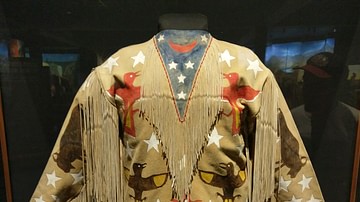
Definition
Ghost Dance
The Ghost Dance (Spirit Dance) is an expression of rebirth and renewal using the traditional Native American circle dance, first practiced by the Paiute Nation in 1869 and again in 1889 when it was adopted by other Plains Indians nations...
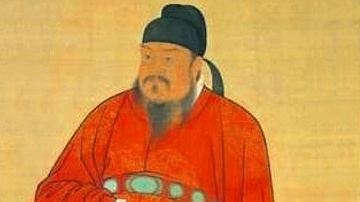
Definition
Emperor Gaozu of Tang
Emperor Gaozu (also Kao-tsu, formerly Li Yuan, r. 618-626 CE) was a Sui military commander who led a rebellion against his former masters, seized control of the state, and founded the Tang Dynasty (618-906 CE). Overshadowed in the ancient...
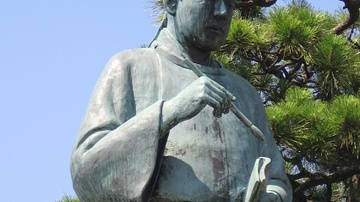
Definition
Manyoshu
The Manyoshu or 'Collection of Ten Thousand Leaves' is an anthology of ancient Japanese poems compiled c. 759 CE during the Nara Period but including many earlier works. The most likely person to have assembled the collection is Otomo no...
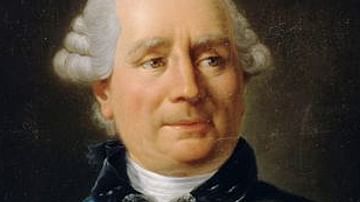
Image
Charles Gravier, count of Vergennes
A painting portraying Charles Gravier, count of Vergennes, State minister of Foreign Affairs (1717-1787). Oil on canvas painting, by Antoine-François Callet (1741-1823). From the Palace of Versailles collection.
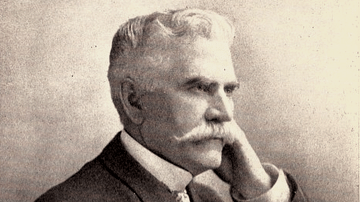
Image
James McLaughlin, US Indian Inspector
James McLaughlin (l. 1842-1923), US Indian Inspector of the Bureau of Indian Affairs, best known for ordering the arrest of the Sioux Chief Sitting Bull in December 1890 and requesting the troops that participated in the Wounded Knee Massacre...
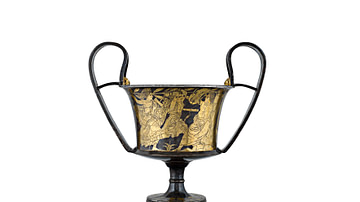
Article
Foreign Influences & Imported Luxuries in Thrace
Defining Thracian art is a difficult task due to the fact that what we call today Thrace was never a single unified state but, rather, a collection of many independent communities (or tribes) who formed both alliances and rivalries with each...
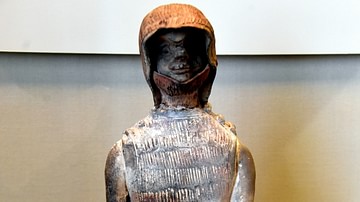
Image
Northern Wei Figure of a Foreign Soldier
This painted pottery figure represents a foreign soldier and was made of a slipped and pigmented earthenware. It was found in a tomb. Northern Wei Dynasty, 386-534 CE. From North China. (The British Museum, London).
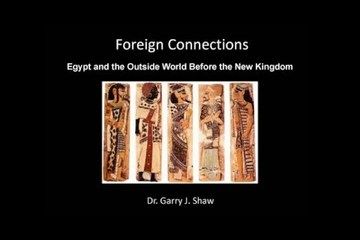
Video
Foreign Connections: Egypt and the Outside World before the New Kingdom
Foreign Connections: Egypt and the Outside World before the New Kingdom In this lecture, Dr. Garry Shaw (garryshawegypt.blogspot.co.uk) discusses how Egypt interacted with its neighbours, looking at aspects of trade, diplomacy, and more...
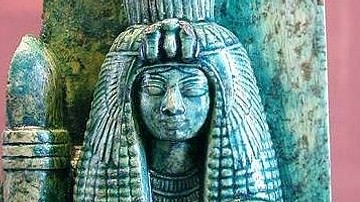
Definition
Tiye
Tiye (also known as Tiy, 1398-1338 BCE) was a queen of Egypt of the 18th dynasty, wife of the pharaoh Amenhotep III, mother of Akhenaten, and grandmother of both Tutankhamun and Ankhsenamun. She exerted an enormous influence at the courts...
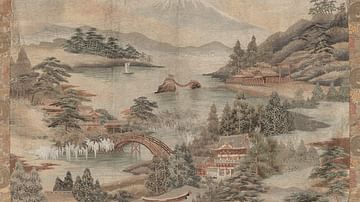
Definition
Meiji Period
The Meiji period refers to the period in Japanese history from 1868 to 1912 during which the Meiji Emperor reigned. Following the overthrow of the Tokugawa shogunate in the Meiji Restoration of 1868, Japan's new leaders embarked on a program...